This article is about Immersive Technology
Top Applications of AR and VR
By NIIT Editorial
Published on 23/01/2021
6 minutes
The information age is not one for stopping and catching your breath. Its sheer pace of advancement is perplexing, challenging, and rewarding depending upon who you speak to. With the preliminary stages of the 5G rollout anticipation is building, and rightly so, for lateral technologies to catch up and get better. This applies now more than ever to the field of immersive technology whose vivid real-world applications we are to find out in this article.
Gaming and Entertainment
Both AR and VR have made substantial inroads towards mainstream adoption. Whereas Pokemon Go was arguably the most successful application of augmented reality in a game Oculus Quest was no less successful for virtual reality. Since we are on the topic, it contributed about $100 million dollars to Facebook’s annual revenue as reported in 2020.
Gaming vendors can run both VR arcade centers as well as profit-off from ad-sales generated within the game. Another bright prospect for this field is AR VR escape rooms. Instead of leasing out costly real-estate and props, game developers can offer an end-to-end digital experience. Wearable devices such as Heads-Up Displays (HUD) and AR glasses are expected to be widely adopted with nation-wide 5G installations.
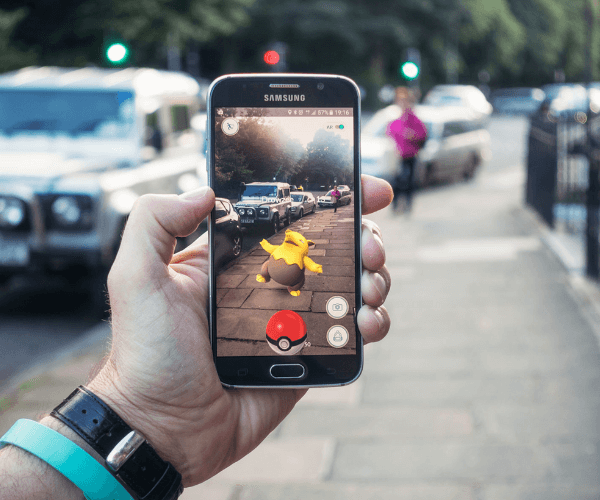
Retail and Digital Commerce
Retailers have a massive opportunity ahead of them as mobile-friendly AR can help them establish new standards for the in-store experience. Buyers can scan items and discover the latest deals, prices, and upcoming offers. IKEA was one of the early adopters of AR with its Place App, wherein customers get a well-informed view of how the furniture would appear against their home decor.
French high-end brand Dior also enabled customers to try sunglasses virtually using AR specs from smartphones along with the US’ Macy’s who has also started offering AR-shopping experiences for its beauty products.
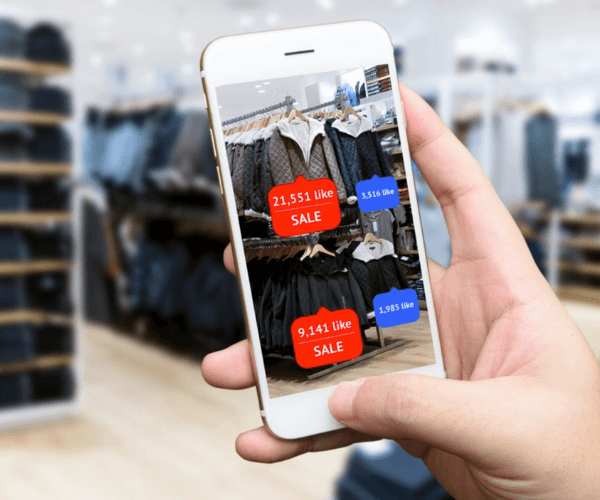
Real Estate
AR and VR applications in the real estate sector can transform it for good. Beginning with seed rounds where developers seek investor interest, architectural blueprints can be morphed into 3D images, rather than the conventional thermocol models, offering viewers a walk-in into the building in addition to detailed exterior shots.
Similarly, customers looking to move into a new location could use AR to virtually fit their furniture into the available space and make calculated moves avoiding wasting time in driving to every location. The domino effects of the technology would save time, resources and bring leads closer to sellers faster than before.
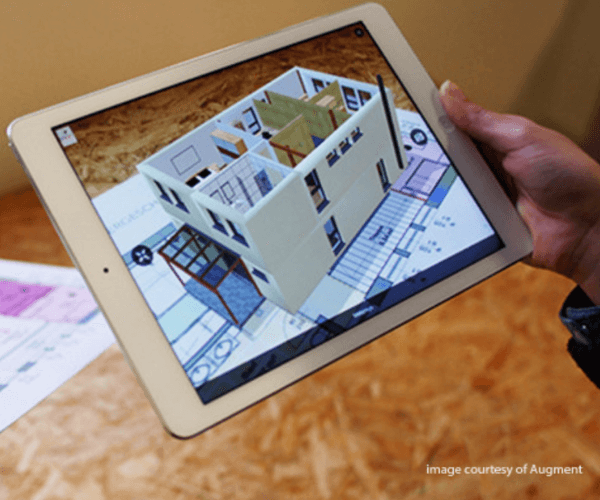
Tourism
Travel and tourism although dismantled by the COVID-19 pandemic offer business prospects for entrepreneurs in immersive technology. The Google Translate app for instance uses AR coupled with machine learning algorithms and allows users to scan foreign languages, converting them to native ones.
Similarly, Google Maps AR is the GPS app that uses your smartphones’ rear camera to identify your real-time location, superimposing the view with directions from 2D maps. AR is also being experimented with to offer virtual tours to sought after travel destinations that are operating on limited capacity due to the pandemic.
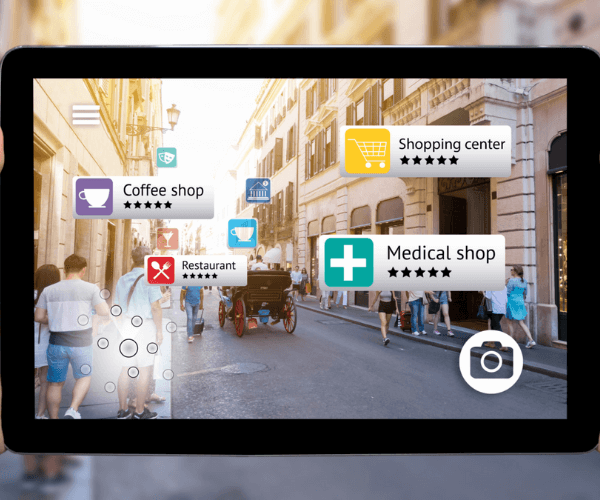
EdTech
Education has come a long way from being taught in classrooms in the pre-pandemic era to being managed online vis-a-vis the education technology (EdTech). Both AR and VR have brought about visible improvements in the areas of educational content creation, recreational purposes, running scientific simulations, and gauging student engagement.
Some examples include Quiver, a 3D coloring app, DAQRI, and Arloon that target multiple educational disciplines, and Blippar, an app that uses AR to offer a range of experiences to students.
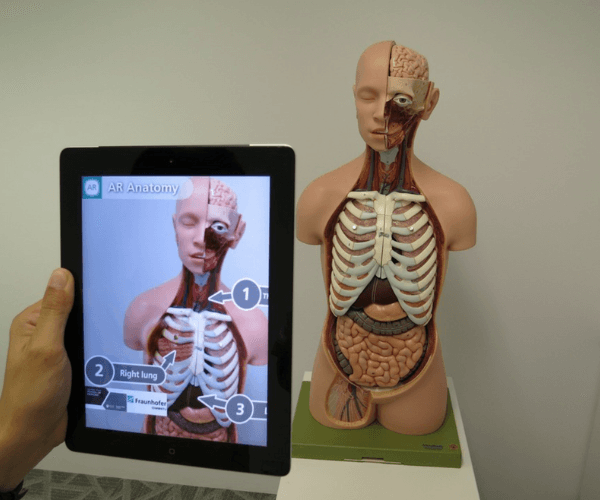
Wrapping Up
Both AR and VR will continue to improve as leading vendors like Apple and Google continue to release their respective development toolkits. The upcoming years are likely to inch closer to the materialization of mixed reality experiences.
Post Graduate Programme in Full Stack Java Programming
An online learning programme for Graduates that prepares them for the most in-demand skills of Full Stack Software Engineering using Java stack.
Become an Expert in Java Stack
Assured 3 Placement Interviews


 Sign Up
Sign Up






























































































































































































































































































































































































